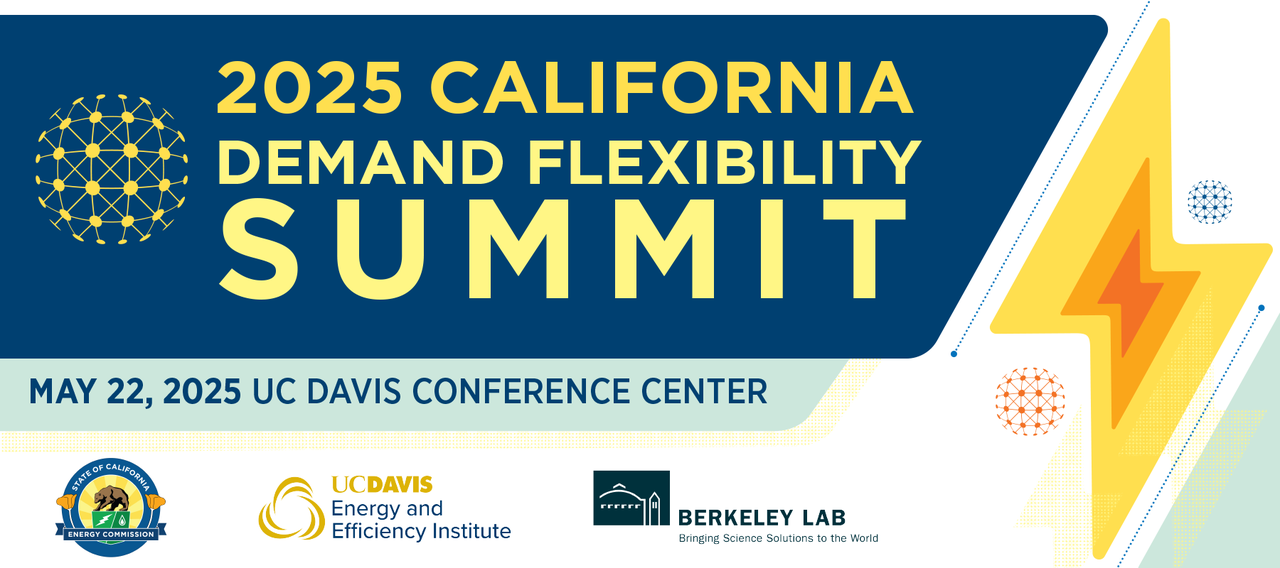Be Part of the Transformation: Register today for the 2025 Demand Flexibility Summit
We’re just a few weeks away from the 2025 California Demand Flexibility Summit, hosted by the California Energy Commission, in partnership with EEI and Lawrence Berkeley National Lab.
Held on May 22 at the UC Davis Conference Center, the Summit will bring together leaders from across California’s energy landscape to reflect on progress, explore persistent challenges, and consider the opportunities ahead in achieving the state’s ambitious 7,000 megawatt load shift goal by 2030.
Through a the day, participants will hear directly from policymakers, researchers, utility professionals, technology providers, and community advocates. Topics will range from dynamic pricing and load management to advanced grid analytics, interoperability standards, and the role of demand-side technologies in a decarbonized future.
The Summit is designed to encourage open dialogue and collaboration. Attendees will have the opportunity to engage with new ideas, ask questions, and connect with others who are working toward a more flexible, reliable, and equitable electric grid.
Visit the dedicated event website for more info, including speakers and schedule of events, and to register for the summit.
Inside Look: California Energy Leaders Chart the Road to 2030
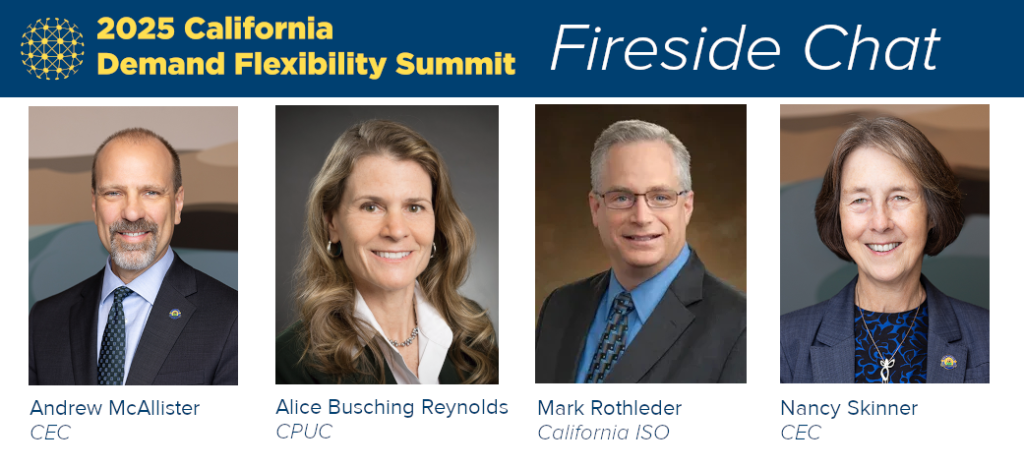
California’s path to a reliable, clean energy future hinges on meeting its ambitious 7 gigawatt load-shifting target by 2030. At the 2025 California Demand Flexibility Summit, an opening fireside chat will bring together four of the state’s top energy leaders to reflect on the role of demand flexibility in accelerating decarbonization, enhancing grid reliability, and empowering consumers.
From long-term planning to real-time operations, these panelists offer a unique perspective on how policy, regulation, and markets must align to unlock the full potential of demand-side resources.
Andrew McAllister, California Energy Commission
Commissioner McAllister has served on the CEC since 2012. His portfolio spans energy efficiency, load flexibility, data access, and the decarbonization of buildings and industry. With more than 30 years of experience in utility reform, clean energy deployment, and international development, McAllister brings a deep understanding of how local actions can scale into global impact.
Alice Busching Reynolds, California Public Utilities Commission
President Reynolds has led the CPUC since her appointment in 2021. Her decades-long career in California state government includes key roles as a senior advisor on energy and climate in both the Newsom and Brown administrations. At CalEPA, she helped launch statewide efforts on environmental justice and refinery safety, following a decade as a deputy attorney general focused on public trust and coastal protections.
Mark Rothleder, California ISO
As California ISO’s Chief Operating Officer, Mark Rothleder oversees grid planning, operations, and market integration across one of the most dynamic electricity systems in the world. A founding team member since 1997, Rothleder has shaped nearly every major market innovation since. He brings more than 30 years of power system experience from both the ISO and PG&E.
Nancy Skinner, California Energy Commission
The newest member of the CEC, Commissioner Skinner brings decades of experience in climate leadership, public service, and environmental advocacy to her new role. She previously served in elected roles in the California Senate, State Assembly, and on the Berkeley City Council. Skinner is a longtime champion of climate action, with leadership roles at ICLEI, The Climate Group, and UC Berkeley’s Energy and Efficiency Institute.
Deep Dive: Demand Flex Insights Ahead of the Summit
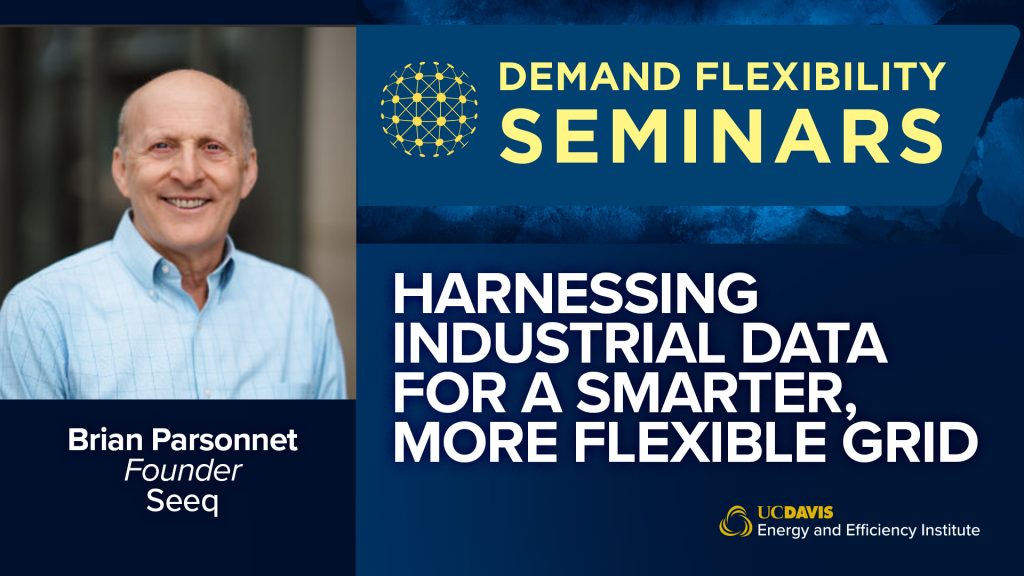
Ahead of the 2025 California Demand Flexibility Summit, EEI is hosting a special seminar series to explore key technologies, ideas, and strategies shaping the future of demand flexibility in California. These sessions offer a chance to go deeper with experts working on the front lines of the energy transition.
🗓️ Upcoming Seminar – Register Now
Breakfast with Brian Parsonnet
Founder, Seeq Corporation
📅 Tuesday, May 7, 2025 | 🕘 9:00–10:00 AM
📍 UC Davis Energy and Efficiency Institute, 1605 Tilia Street, Davis, CA
Register Here →
Join us for light breakfast, coffee, and a conversation on how advanced analytics and efficient data use can unlock new opportunities for flexible demand and grid modernization.
🎥 Catch Up on Past Seminars
Boaz Ur, Nostromo Energy
A New Kind of VPP – Dispatchable Load Shift
📅 February 11, 2025
Watch Video →
Edson Perez, Advanced Energy United
How Demand Flexibility and Virtual Power Plants Can Build a Cleaner, Cheaper Grid
📅 April 17, 2025
Watch Video →
More events are coming soon—stay connected as we build momentum toward California’s 2030 goals!
CLTC Hosts Conference on the Future of Civic Lighting Infrastructure
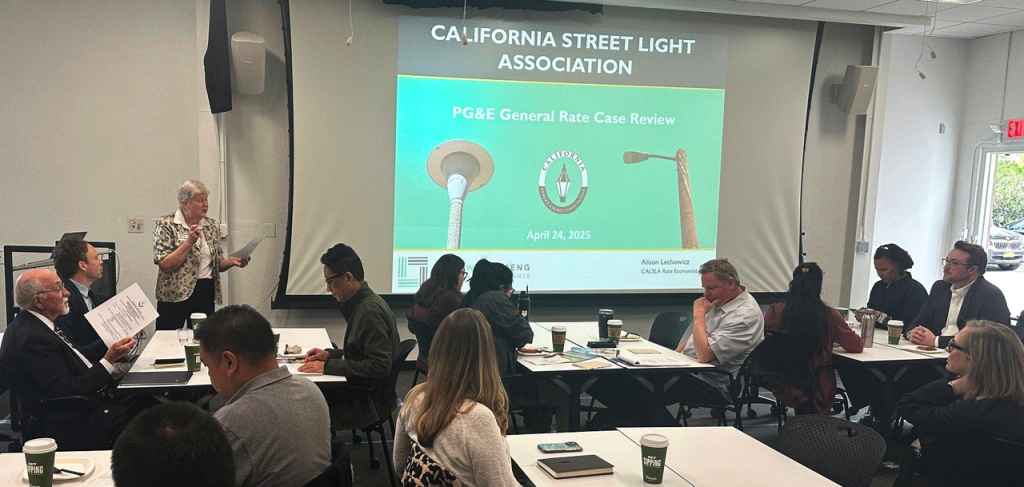
CLTC recently hosted the Street Light and Traffic Control Infrastructure Conference, in partnership with the California Street Light Association, bringing together more than 50 leaders from government, utilities, and academia.
Participants explored cutting-edge innovations in solar-powered lighting, EV charger integration, and AI-based simulations. The group also engaged in discussions about key challenges, including electricity rates, grid resiliency, and maintenance needs—emphasizing the importance of aligning technology and policy to advance civic infrastructure.
What Do Solar and Wind Experts Think About Renewable Projects’ Risk To Biodiversity?
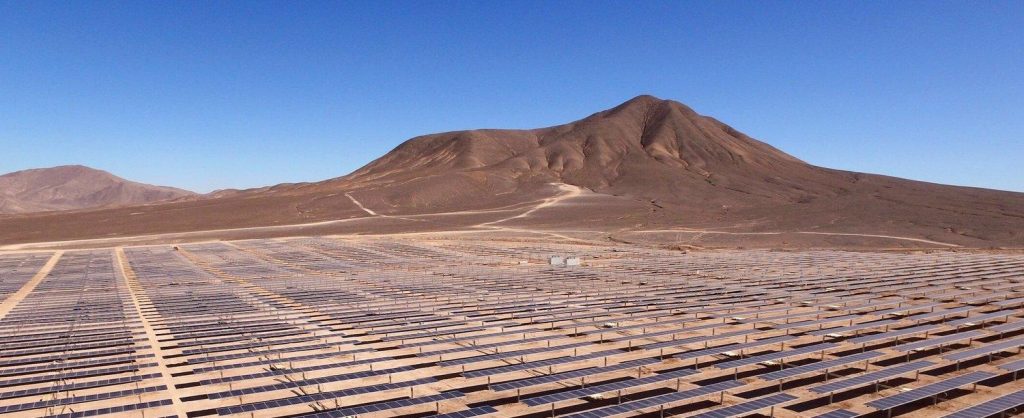
Studies have highlighted the public’s concern about renewable energy projects’ threat to biodiversity. But what do the experts think? A paper recently published by the Wild Energy Center fills a gap in the research.
Mitigating CO2 Emissions from California's Concrete Infrastructure

MDSC researchers recently published a policy brief on decarbonizing concrete in California to achieve the state’s carbon neutrality goal. Key findings include making improvements at all stages of the life cycle, integrating sustainability into building and infrastructure design, switching to performance-based specifications and optimizing concrete mixtures accordingly, appropriately using supplementary cementitious materials, and more efficiently using reinforcing steel. The brief outlines several policy implications and includes reference and links to the papers.
Missed a Seminar? Watch It Now
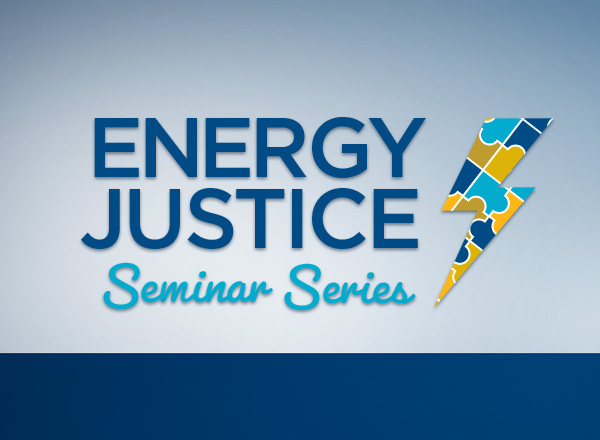
If you couldn’t join us for our recent Demand Flex or Energy Justice Seminar Series events, you can now watch it online! Catch up on this and other recent seminars anytime!

